I have been a Pagan for just a little over a year, although I suspect I've been Pagan all my life. When I decided that Paganism was for me, I started to read, read, read, getting my hands on all kinds of books that I thought could lead me along my path. The first book on Paganism I read was simply titled 'Paganism' by Joyce and River Higgenbotham. This is an excellent book and a terrific place to start if you're new in discovering your path. Another book by Joyce and River Higgenbotham is 'Pagan Spirituality'. I recommend both of these books as a starting point and then go out to the book stores in your area (if you have second hand book stores start there as you can find many of the books I suggest and others there for half the cost of new). And don't forget the library too. Find as many books as you can get your hands on and read them. I like to journal as I'm reading, jotting down notes of things that stand out for me, ideas and what not. This is a good basis for your Book of Shadows too, if you chose to have one.
Trying to explain the belief system of a Pagan is like trying to count the clouds in the sky. There are many different paths that lead off of Paganism. Some of them are Wicca (the path that I follow), Druidism, Heathenry/Asatru, Faery Tradition, et cetera. Then off of Wicca there is Eclectic Wicca (the path that I follow), Dianic Wicca, Gardnerian, Alexandrian, et cetera. Once you read about Paganism and understand the foundation of it, then you can decide which path of Paganism you want to follow. The internet is a terrific resource for information, and I think once you understand what Paganism is, you'll have a better idea of which sites are good and which are not.
A good first book on Wicca is called 'Wicca Demystified' by Bryan Lankford. It talks about what Wicca is in the first part of the book and then in the second part of the book there are questions and answers which I found most helpful and insightful. Another good starting book is 'The Complete Idiot's Guide to Wicca and Witchcraft'. This book is informative and easy to read. Again, if Wicca is a path you're interested in, read, read, read.
The belief system I have as a Wiccan is this: First there is Spirit, the Creator, the Divine. From the Divine the God and Goddess are manifest. From the God and Goddess there are interpretations of them from different pantheons. For example, Greek, Roman, Egyptian, Celtic, Hindu, et cetera. One would call upon a certain deity (God or Goddess) depending on what is needed or desired. For instance, if you want to manifest money in a big way, you could call upon 'Lakshmi' the Hindu Goddess of wealth and prosperity. As a Wiccan I also work with the elements of Earth, Air, Fire and Water.
One thing that most Neo-Pagans have in common is the Wheel of the Year which contains eight Sabbats. The Sabbats are Imbolc, Ostara, Beltane, Litha, Lughnasadh, Mabon, Samhain, Yule. You can search the internet for more information on the Sabbats and one book that I recommend is called 'Sabbats' by Edain McCoy. The altars you've seen on my blog are altars that I have set up for each of the Sabbats. Each Sabbat also has certain things associated with it. Like at Ostara, you'd find eggs, rabbits and such; basically anything to do with fertility. At Lughnasadh (or Lammas) you'd find things associated with the harvest, such as pumpkins, pomegranates, grapes, wheat, bread and such. At the Sabbat, a ritual is performed where one would celebrate and give thanks to the God and Goddess for whatever that particular Sabbat represents. Most people don't mind sharing their altars, but normally you wouldn't see one sharing their celebration ritual as they are very personal and private.
The other thing most Neo-Pagans have in common is celebrating the waxing and waning of the Moon, which are called Esbats. These are basically rituals that are done when the moon is either Full or Dark/New and a time when most work magick. Again, the internet is a great resource for more information in this regard. An Esbat is the time when normally you'd just work with the energy of the Goddess. The Triple Goddess represents the Maiden, Mother and Crone. During the Wheel of the Year she is represented as the Maiden at Imbolc and Ostara, the Mother at Beltane and Litha, and then the Crone at Mabon, Lughnasadh and Samhain. [At Yule she'd again be in her aspect of Mother, having given birth to the God.]
. . . As I said before, read, read, read and do your research. There are some excellent websites about Paganism and Wicca too. Just keep one thing in mind . . . if it doesn't resonate or ring true for you, leave it and move onto something that does. The nice thing about being an Eclectic Wiccan is that I can chose how I practice while still keeping the basic Wiccan tenets and principles.
Merry Meet, Merry Part, until we Merry Meet again!
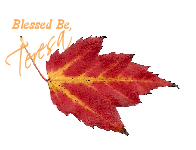





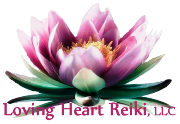



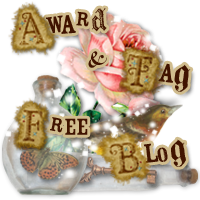















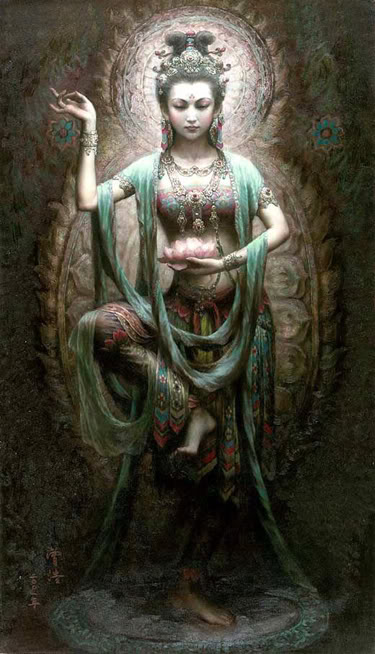












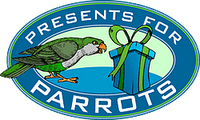



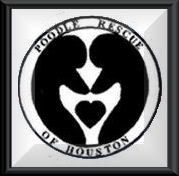




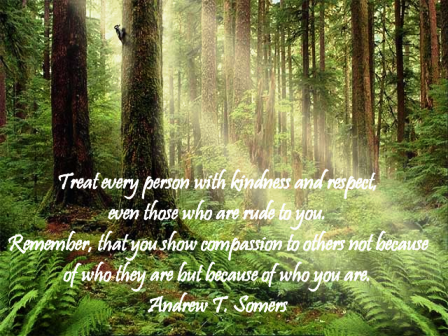

1 comment:
as lovely and creative as your altars are, i would imagine your book of shadows to be a masterpiece!
wise advice you have given here!
hugs
elle
Post a Comment